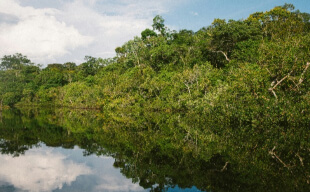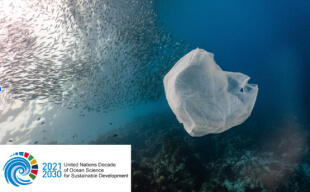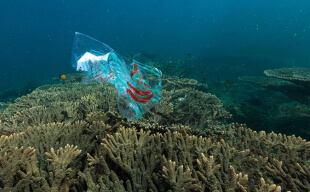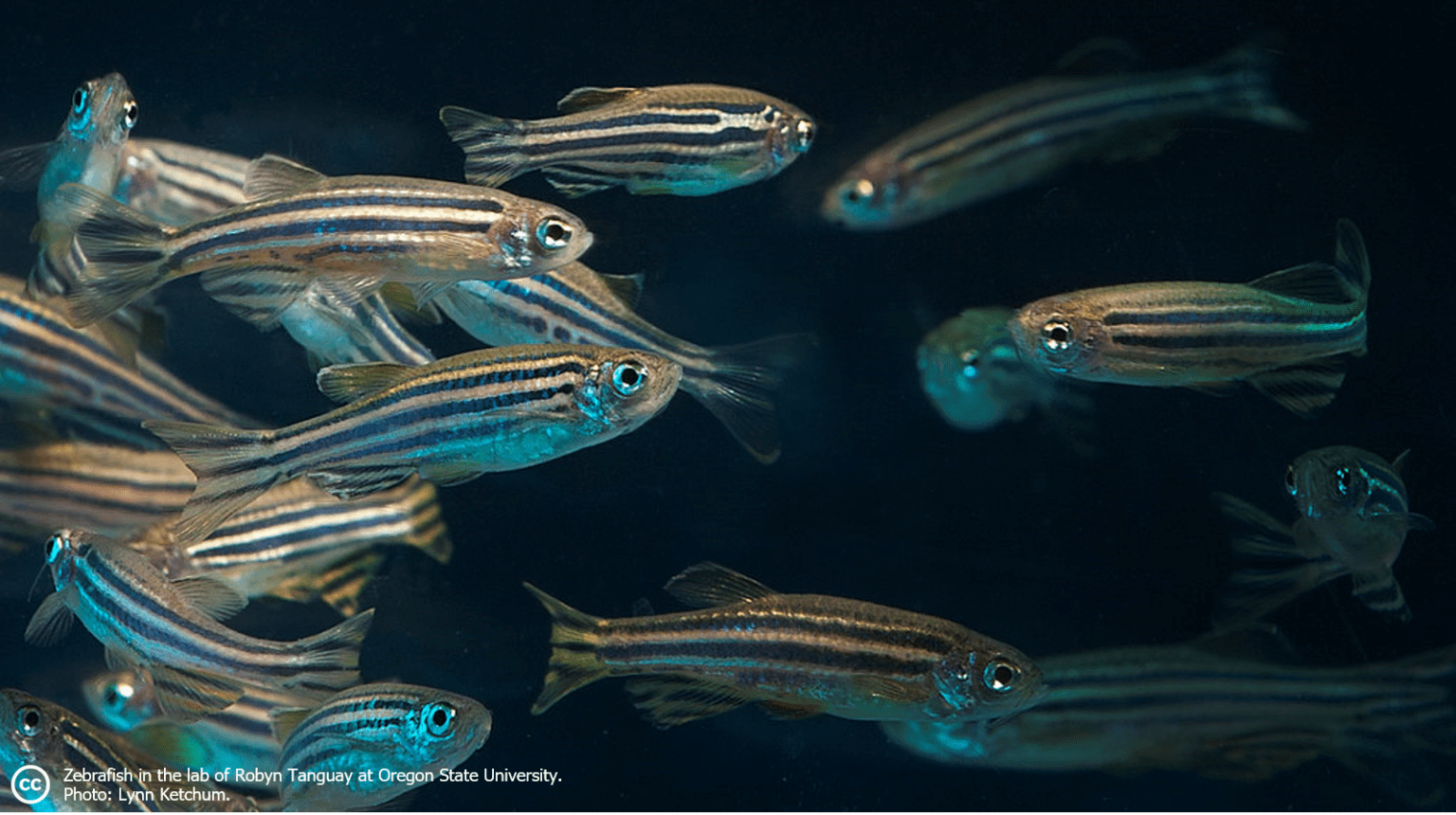PLASTIC POLLUTION
HOME / LINES OF RESEARCH / Plastic pollution
Plastic pollution
Humanity is sailing outside the safe zone for the planetary boundary for pollutants (i.e. new entities), with plastic pollution playing a central role in this story. Plastic pollution is ubiquitous in every system on Earth. Plastic is also accumulating in living organisms, with its ingestion recorded for more than 1500 species, from zooplankton to elephants, from insects to whales, including humans. It is in this context of socio-environmental crisis that our laboratory's research activities take place, assessing the accumulation and flow of plastic in different ecosystems, trying to understand the causes and consequences of plastic ingestion, developing methodologies for assessing plastic pollution and working on the development of public policies to mitigate the problem.
Research projects:

Plastic pollution in the floodplains of the Amazon rainforest
SEE NOWPlastic pollution is circulating in all of the Earth's systems. However, most studies focus on coastal ecosystems, leaving a large knowledge gap in terrestrial ecosystems. Our aim in this project is to understand plastic pollution in remote areas of the Amazon rainforest by assessing how plastic flows through the trophic webs of the floodplain lakes of the Juruá River. We will address plastic pollution from its accumulation in the environment to ingestion by top predators, which represent the basis of the local economy and livelihoods of indigenous peoples. To understand the pathways that plastic follows in the food web, we will combine stable isotope analysis with an assessment of plastic ingestion. We will also assess community perceptions of plastic pollution and the historical processes that led to the introduction of plastic in the region. We also intend to introduce the problem of plastic into the circular economy efforts already underway in the region.
SEE LESS
Global plastic ingestion bioindicators
SEE NOWThis project (a Decade Action) is a part of the UN Decade of Ocean Science for Sustainable Development 2021-2030 attached to No. 1 90. Sustainability of Marine Ecosystems through global knowledge networks (SmartNet). This project has representatives from 14 different countries and groups including ICES, PICES, AMAP MAP, GESAMP, UNEP. It is a project lead by Matthew Savoca (Stanford University – USA) and Co-lead by Robson G Santos (UFAL – Brazil), Maria Cristina Fossi (University of Siena – Italy), Britta Denise Hardesty (Commonwealth Scientific Research Organisation – Australia), and Miquel Canals (University of Barcelona – Spain). We will create an interface where new records can be easily added to this database. We aim to support the development, coordination, and user interface for a database/web portal, which may include creating our own or adding to an interface that already exists (e.g., LitterBase) Focusing on species that ingest meso- and microplastics (synthetic or semi-synthetic particles 0.1-25mm in length) including fibers, we will apply a standardized rubric to identify a “global top ten” species/genera to recommend for long-term plastic monitoring. These species will be our Global Plastic Ingestion Bioindicators (GPIB). Further, we will promote existing methods and/or develop methods for each selected bioindicator to outline: 1) How to acquire the samples (e.g., sample size needed, time of year to collect), 2) How to process the samples, 3) How to quantify findings, and 4) A standardized reporting framework.
SEE LESS
Plastic pollution in coral reefs: mapping the entry and flow points in trophic webs
SEE NOWDespite the large number of studies dedicated to assessing plastic ingestion by fauna, most of them are descriptive and little progress has been made in understanding the factors related to the flow of plastic in trophic webs. A holistic ecosystem view of this problem is essential if we are to understand the factors linked to plastic ingestion and its flow between environmental compartments and transfer in the trophic web. In this context, this project aims to understand how plastic flows in a reef ecosystem, from its accumulation in the environment to its entry into the trophic web and flow through different trophic levels. The aim is to identify the points of entry and flow of plastic in the trophic web, investigating how the ecological characteristics of the species and the characteristics of the different types of plastic interact and influence the chance of ingestion of this material.
SEE LESS
Exploring the causes of plastic ingestion
SEE NOWThe deleterious effects of plastic ingestion are widely reported, but we are still understanding the factors that make organisms more susceptible to plastic ingestion. Understanding the causes of plastic ingestion is fundamental if we are to assess the risk of populations and species to this global threat. In this context, our aim is to assess which factors influence the ingestion of plastic by animals. Through an experimental approach (using zebrafish (Danio rerio) as a model species) we will test three hypotheses about the causes of plastic ingestion: i) the greater the availability of plastic in the environment, the greater its ingestion; ii) organisms that are experiencing nutritional stress will be more prone to ingesting plastic; and, iii) the greater similarity in a characteristic of plastic to a food item will cause greater ingestion of this plastic.
SEE LESS
